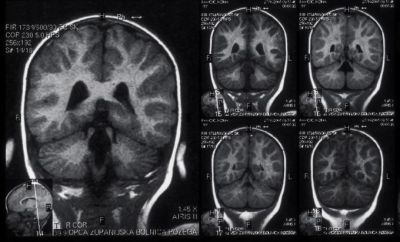Improved proton dose measurements

Improved proton dose measurements
Positron emission tomography (PET) is the most popular method for verifying that the dose delivered to patients undergoing proton therapy is correct. Now, EU-funded researchers have designed a dedicated PET system that promises to improve the precision of proton dose measurement.
PET verification of proton therapy is based on several positron emitters
generated in the irradiated region. These emitters include 11C,13N
and15O and have half-lives that allow examination of the patient during
and after irradiation with a PET scan. The resulting images can then be
used to measure the delivered dose.
However, transferring the patient to a nearby PET scanner may result in isotope washout and inability to detect short-lived isotopes. In-beam systems overcome these downsides. An EU-funded team focused on the in-beam approach to proton monitoring with the aim of improving the acquisition speed and thus overcoming the problems related to washout and fast nuclear processes.
Within the framework of the FULLBEAM (Fully digital in-beam PET for hadron therapy) project, researchers developed an improved PET system comprised of two larger detector heads. Each 10x10 cm detector is coupled to photomultiplier tubes and equipped with independent data acquisition systems.
The main obstacle when recording PET data during treatment is the strong background noise. The FULLBEAM system, thanks to the low dead time of the detectors, mitigates the effects of random coincidence data, allowing acquisition of PET data during irradiation.
This is particularly advantageous because it would eliminate time-dependent image degradations, such as those due to biological washout. In addition, fully digital signal processing further reduces the deadtime of detectors and improves the coincidence resolution.
The data acquisition system developed within the FULLBEAM project is one of the technologies explored in the INSIDE project, funded by the Italian Ministry of Education, University and Research, which uses wider detectors based on Silicon photomultipliers. The EU-funded TRIMAGE project has also benefited from the FULLBEAM technology. Combined with magnetic resonance imaging and electroencephalography, project advance swill provide clinicians with an effective tool for the diagnosis of schizophrenia and other mental health disorders.
published: 2015-09-16